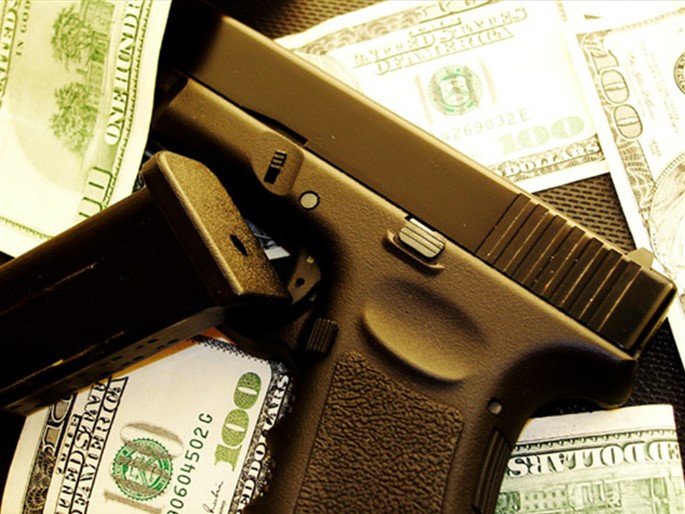Social Justice Bonds
May 12, 2014 in Daily Bulletin

Goldman Sachs has launched a new financial product aimed at helping communities writes Esmé E. Deprez:
- Goldman Sachs has given the government of Massachusetts a $9 million loan to reduce crime.
- If a targeted group of people spend less time in jail than expected, then the government of Massachusetts will have to spend less money jailing people and Goldman Sachs could stand to make up to $22 million.
- If crime isn’t reduced then the financial services company will lose almost everything it lent.
- Such financial products are expanding under “double bottom-line” initiatives that aim to align a company’s profits with its values.
- There are about $80 million of these social justice bonds in America today. They are expected to grow to $500 million by next year.
Read about what critics have to say of such bonds, social workers who are charged with ensuring that people stay out of jail, and more over here.
Source: Bloomberg









Join the Discussion! (No Signup Required)